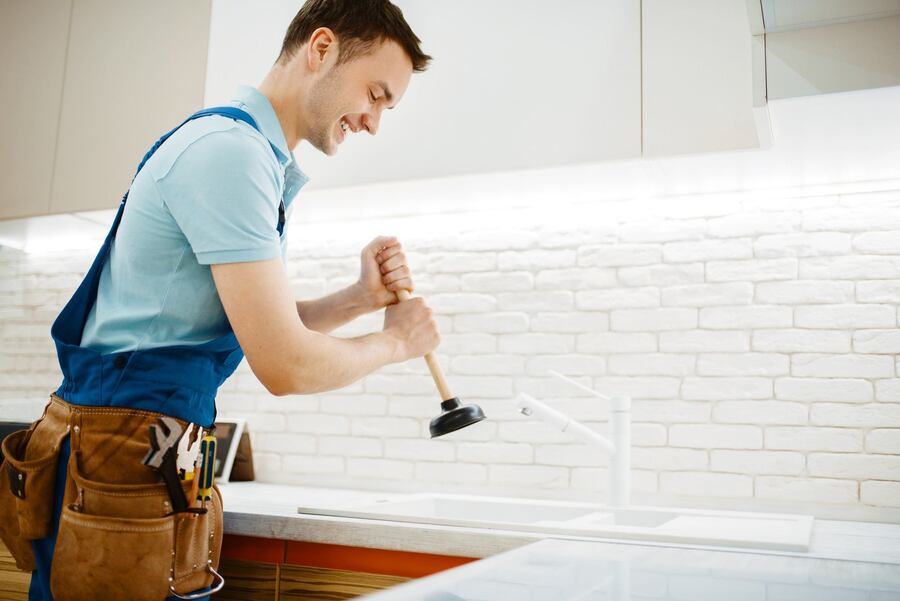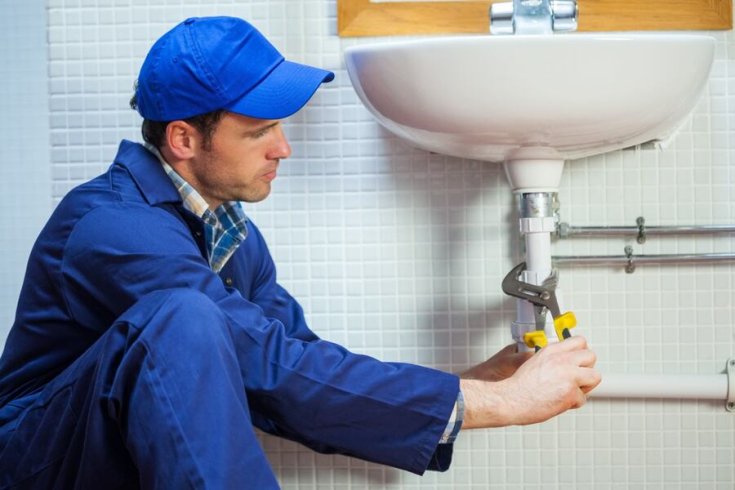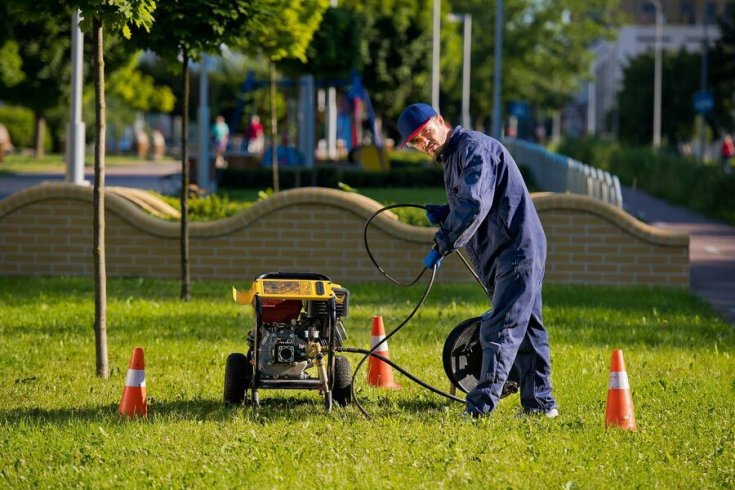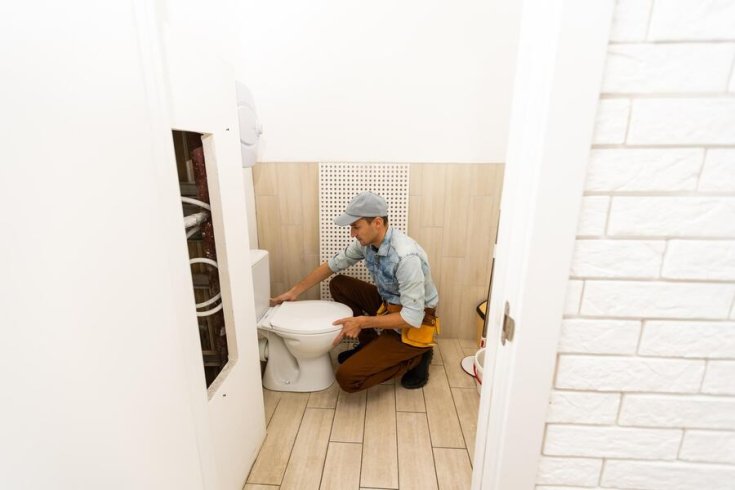Menu
- Home
- About Us
- Plumbing Services
- Plumbing Repairs
- Pipe Burst Repairs
- Drain Cleaning Services
- Water Heater Services
- Natural Gas Line Services
- Tankless Water Heater Services
- Slab Leak Repair
- Clogged Toilet Repair
- Trenchless Sewer Repair
- Clogged Shower Repair
- Hydro Jetting
- Water Filtration Installation
- Toilet Replacement
- Main Water Line Repair
- Garbage Disposal Replacement
- Faucet Replacement
- Commercial
- Coupons
- Reviews
- Blog
- Service Areas
- Alhambra, CA
- Arcadia, CA
- Azusa, CA
- City of Industry, CA
- Claremont, CA
- Covina, CA
- Diamond Bar, CA
- El Monte, CA
- Fullerton, CA
- Glendora, CA
- Hacienda Heights, CA
- La Puente, CA
- La Verne, CA
- Monrovia, CA
- Ontario, CA
- Pasadena, CA
- Pomona, CA
- Rancho Cucamonga, CA
- San Dimas, CA
- San Gabriel, CA
- San Marino, CA
- Temple City, CA
- Upland, CA
- Walnut, CA
- West Covina, CA
- Whittier, CA
- Contact Us
24 Hour Emergency Service Available
Veteran and Family owned Plumbing Company
- Home
- About Us
- Plumbing Services
- Plumbing Repairs
- Pipe Burst Repairs
- Drain Cleaning Services
- Water Heater Services
- Natural Gas Line Services
- Tankless Water Heater Services
- Slab Leak Repair
- Clogged Toilet Repair
- Trenchless Sewer Repair
- Clogged Shower Repair
- Hydro Jetting
- Water Filtration Installation
- Toilet Replacement
- Main Water Line Repair
- Garbage Disposal Replacement
- Faucet Replacement
- Commercial
- Coupons
- Reviews
- Blog
- Service Areas
- Alhambra, CA
- Arcadia, CA
- Azusa, CA
- City of Industry, CA
- Claremont, CA
- Covina, CA
- Diamond Bar, CA
- El Monte, CA
- Fullerton, CA
- Glendora, CA
- Hacienda Heights, CA
- La Puente, CA
- La Verne, CA
- Monrovia, CA
- Ontario, CA
- Pasadena, CA
- Pomona, CA
- Rancho Cucamonga, CA
- San Dimas, CA
- San Gabriel, CA
- San Marino, CA
- Temple City, CA
- Upland, CA
- Walnut, CA
- West Covina, CA
- Whittier, CA
- Contact Us






